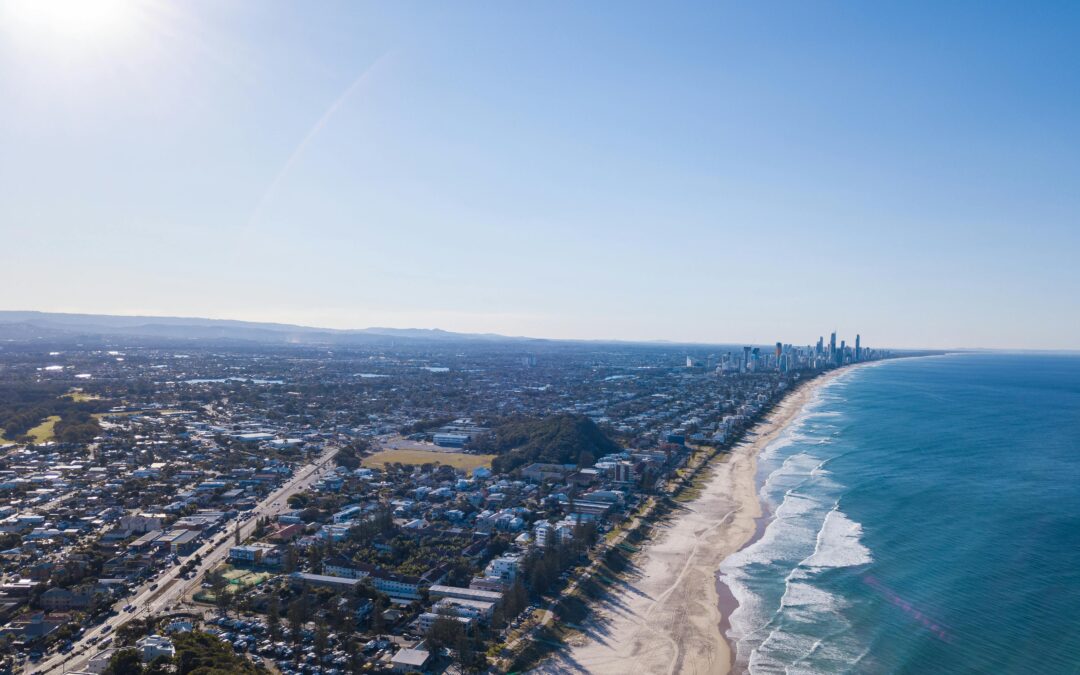The recent Urban Developer Residential Developer Summit in Brisbane brought together some of the sharpest minds in the industry — and the conversation was anything but sugar-coated.
With major population growth, infrastructure investment, and the countdown to the 2032 Brisbane Olympics driving long-term optimism, you’d think it’s all green lights for SEQ’s property market. But behind the opportunity lies a deep undercurrent of concern — particularly around construction costs, labour shortages, and delivery delays.
A “Profitless Boom”?
Adam Barclay, Founder of Gallery Group, didn’t hold back:
“I can see another profitless boom coming for the building industry.”
With first homebuyer incentives on the table from both sides of politics, Barclay predicts a sharp rise in labour costs — up to 20% in the next 12 months. That translates to around $50,000 extra per house, if you can find the tradespeople at all. He warns of a looming shift of skilled labour into commercial projects chasing higher rates, potentially gutting the residential sector just when demand is heating up.
Demand Is There — But Supply Can’t Keep Up
Myles Campbell, Director of Product Strategy at Mirvac, highlighted a frustrating paradox.
“While demand-side fundamentals are strong — population growth, affordability, tax advantages — delivery timelines have blown out.”
According to Campbell, a 150-unit apartment project that used to take 29 months now takes 50. The bottleneck isn’t just approvals or construction timelines — it’s the entire system struggling under the weight of feasibility challenges and productivity constraints.
Labour, Materials, and a Shrinking Window
Brook Monahan, Founder and MD of Mosaic Property Group, pointed to a rare — and possibly fleeting — moment of relative calm.
“We’ve got trade coverage for the first time since 2018. But it feels like a short window.”
With infrastructure projects offering better pay and lower risk, the competition for resources is only getting tougher. Monahan noted that margins are being squeezed, and the onus is on developers to manage risk like never before.
A Market Still Recalibrating
Temlett from Charter Keck Cramer summed it up:
“The SEQ market has been badly distorted since the pandemic and is still recalibrating.”
His data shows just one month of trading stock left in the house-and-land sector — a worrying sign of how far behind supply has fallen. Despite positive sentiment from overseas financiers, who now rate Brisbane as a Tier 1 city alongside Sydney and Melbourne, the fundamentals remain fragile.
Challenges in Clear Focus
Key risks emerging from the summit included:
- Chronic undersupply and a sluggish pace of new developments.
- A smaller labour pool compared to NSW and Victoria.
- Increasing delivery timelines and compressed developer margins.
- Volatility in construction costs and looming cost-of-capital shifts.
As one speaker put it:
“Even if you don’t make money, as long as you don’t go broke.”
And Yet… a Decade of Opportunity
Despite the headwinds, there’s broad consensus that SEQ is on the brink of something big.
Vacancy rates under 1%, a 25-year low in supply, and major long-term drivers like the Brisbane Olympics point to a golden era — if the industry can rise to meet it.
“There’s no better time to be in the property industry in South-East Queensland,” Monahan said.
With overseas investors circling, premium off-the-plan sales hitting $10–15 million, and infrastructure laying the foundation for long-term growth, the challenge is clear: Can we scale fast enough to meet demand without breaking the system — or ourselves?

